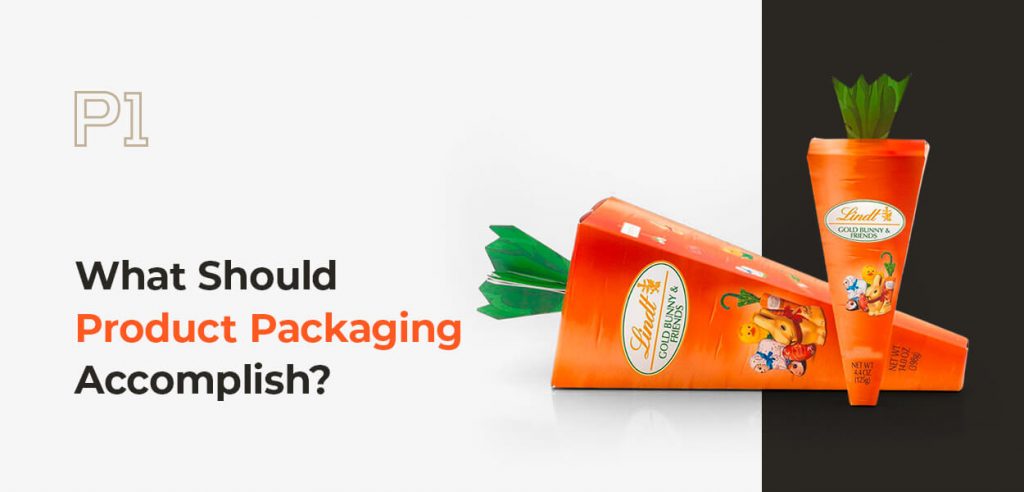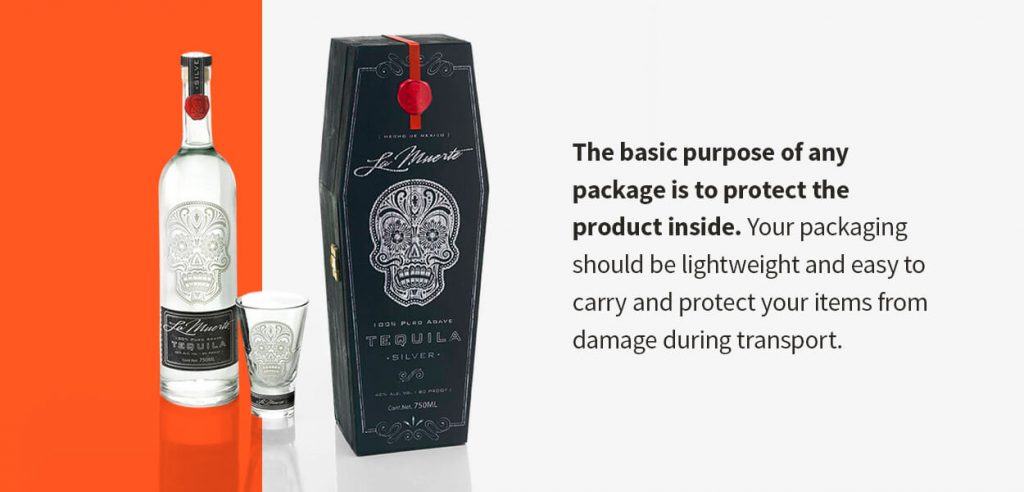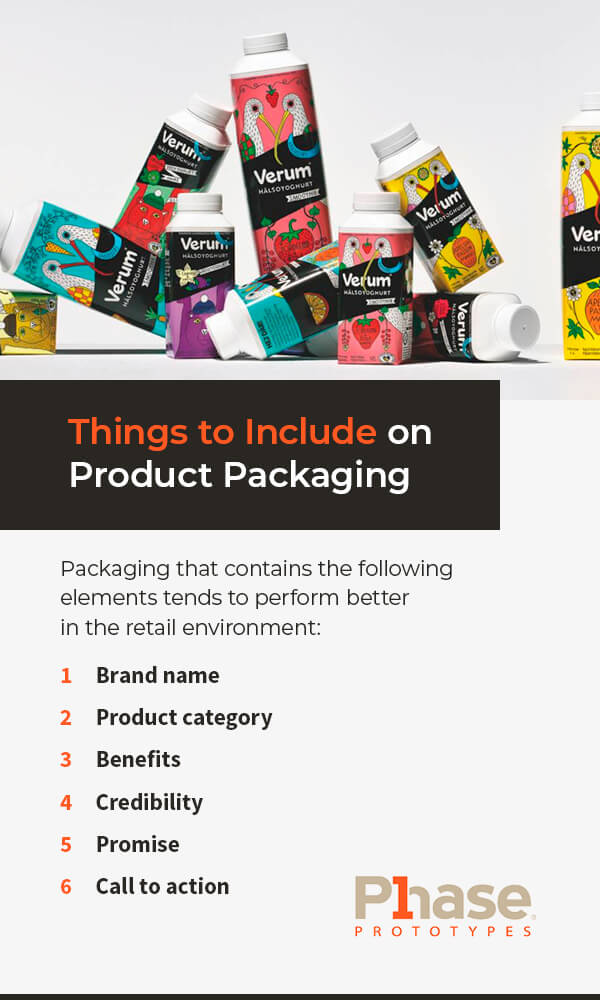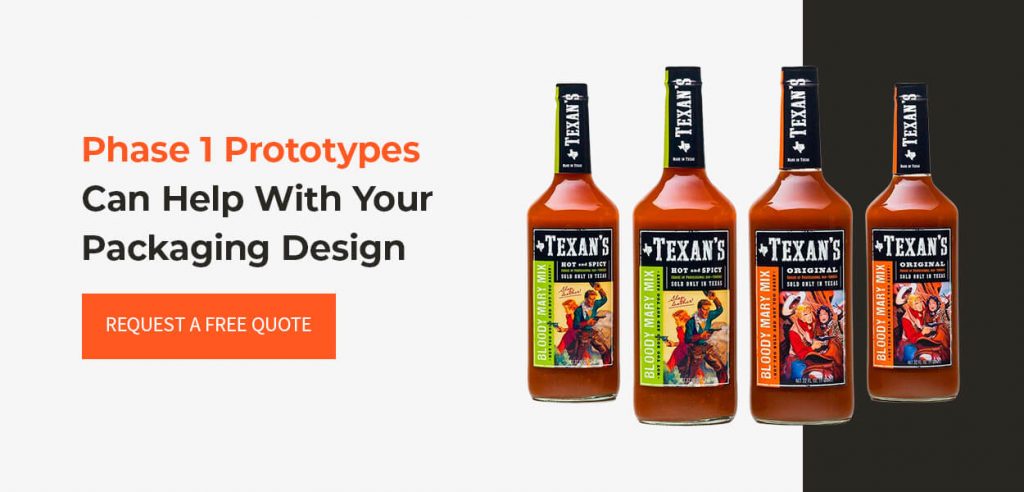What Should Product Packaging Accomplish?
By: phase1
As retail shelves become increasingly crowded with competition, standing out with eye-catching packaging has become crucial to new and developing brands. Although the human brain is capable of extremely complex thinking, with shopping, we base most of our decisions on an item’s color, shape and familiarity. With that in mind, your product packaging is key to building brand awareness and attracting new customers.
While it sounds simple in theory, designing effective product packaging is quite challenging. This guide explores the must-haves for product packaging to help your brand succeed in the current marketplace.
What Should Product Packaging Do?
Product packaging is responsible for more than just protecting the item inside. It’s critical to your success in the highly competitive retail environment. Here are some product packaging must-dos to attract customers to your merchandise:
1. Grab Attention
The first step to making a sale is being noticed by consumers in the first place. Choose unique colors and designs that represent your product and grab attention while on crowded shelves. While bold colors and flashy graphics seem like the obvious choice, that isn’t always ideal. For instance, neon yellow would seem out of place on an aromatherapy body wash that promotes relaxation. Instead, focus on creating a cohesive package that communicates your product’s essence within a single glance.

2. Communicate a Simple Message
From the moment they enter the store, shoppers are bombarded with different brands competing for their attention. Clean and simplified designs provide a welcome break for their eyes. With packaging, simplicity is key!
Think of some of the brands you frequently purchase. Most of these products likely have simple logos and designs.
Studies show the average consumer spends 13 seconds choosing which brand to purchase in-store. If it takes more than a few seconds for a consumer to understand your product, they will likely pass over it and purchase from a competitor. Simple graphics, logos and slogans are more memorable and easier to understand.
3. Trigger an Emotional Connection
Emotion is a powerful factor in advertisements. If you can make consumers feel something, they are more likely to take action and purchase your product. The colors and imagery you include on your packaging can evoke memories and feelings.
For instance, Dawn dish soap has a little yellow duck on their bottles. It emphasizes that the formula is tough enough to cut through oil yet gentle enough to clean off a baby duck. It also reminds consumers that Dawn has donated dish soap to help save thousands of animals from oil pollution, which tugs at the heartstrings of any animal lover.
4. Create Iconic Branding
Can your packaging pass the 5-year-old test? In other words, if you described your branding to a 5-year-old, would they be able to find your products in the store? For instance, most children could track down the blue cereal box with the orange tiger.
While this may seem like a silly experiment, it signifies that your packaging has iconic elements that consumers can easily recognize. Iconic imagery is a vital asset that says a lot about your brand without you covering your packaging with text.
5. Achieve Brand Recognition
Packaging that achieves brand recognition is extremely valuable. When consumers recognize your name, colors and logo, you can start using them individually across marketing platforms. The more elements that remind consumers about your brand, the better.
For instance, the official Nike logo includes the brand name on top of the iconic Nike swoosh. However, Nike often uses these elements separately on packaging, apparel and advertisements. They even use their famous slogan, “Just Do It,” and consumers still recognize the Nike brand.

6. Protect the Product
The basic purpose of any package is to protect the product inside. Discovering that a purchase broke on the way home from the store is very disappointing to consumers. It may even discourage them from purchasing from your brand again. Plus, refunding or replacing broken items negatively impacts your bottom line. Your packaging should be lightweight and easy to carry and protect your items from damage during transport.
Rough handling is not the only thing you should consider when designing your packaging. If your products are sensitive to extreme temperatures, moisture, air exposure or bacteria, you must design packaging to protect against those factors as well.
7. Conserve the Environment
Over half of U.S. consumers are highly concerned about the environmental impact of packaging. As a result, they are willing to pay more for green and sustainably packaged products. Ideally, product packaging should be recyclable, reusable or compostable. Eco-friendly packaging should also be clearly labeled so consumers know it’s sustainable.

Things to Include on Product Packaging
Besides the practical information like size, weight and ingredients, you’re free to include as little or as much information on your packaging as you like. Packaging that contains the following elements tends to perform better in the retail environment:
- Brand name: If you want to earn brand recognition from your product packaging, you must include your brand name. How you display your brand name should be consistent across all packaging and advertisements so that identifying your products is easy.
- Product category: Include the product category on the front of the package so that shoppers can easily identify what the item is. For instance, is it shampoo or conditioner? Adding the category also helps retailers stock your products in the correct location. This point is especially important for obscure brand names.
- Benefits: Describe what the product does and how it’s unique from other alternatives. If you’re selling toothpaste, for example, does it whiten, prevent cavities, relieve sensitivity or do a mixture of all three? Perhaps it’s made with a special ingredient that no other brand uses. These are the types of benefits you should include on the package to differentiate your product.
- Credibility: Why should customers believe your product is good? Include any survey data, lab results, awards or claims that support your credibility. For example, maybe your toothpaste has been approved by over 100 licensed dentists.
- Promise: Think of your target market and how your product will make their lives better. What specific pain point will your merchandise solve? Describe these benefits front and center on your packaging to give customers the final push they need to make a purchase. Using the same toothpaste example, you could drive home that customers can enjoy whitening, cavity protection and sensitivity relief from one simple product.
- Call to action: A call to action (CTA) is a simple phrase that prompts customers to buy your product. It uses a strong verb to evoke emotion and urgency. For example, “Get Fast Relief With a Single Use.” Including a CTA on your packaging can help lead more customers to purchase your products.
What Makes a Good Product Package?
Now that we’ve covered what things to include in product packaging, you can start brainstorming ways to incorporate them into your final design. You could come up with endless combinations of colors, graphics and text for your packaging. Predicting which design will be the most successful can be challenging. Consider these elements of good product packaging to help you choose the most effective option:
- Clarity: Customers should be able to identify the product category and brand name within seconds. Make sure these elements are obvious and easy to read. Confusing packaging typically performs poorly in the retail environment.
- Visual impact: In a retail space, your packaging is always competing for attention. Eye-catching packaging is crucial to prevent your merchandise from fading into the background. Test your prototypes on an actual shelf to ensure they stand out from the crowd.
- Originality: Using the same tried and true packaging as your competitors may seem like the safe option, but it lacks the creativity to help set you apart. Original designs are more memorable and help your products stand out. Experiment with different colors and fonts to make your packaging unique.
- Honesty: Be honest about what your product looks like and how it performs. It’s better to exceed your customers’ expectations than disappoint them with empty promises. You want to represent your product in the best way possible without misleading people.
- Practicality: At its core, packaging has to be practical or the product won’t sell. The best packages are easy to use, carry and store. For instance, think of a glass bottle of ketchup. It may look adorable sitting on the table, but you have to shake it violently to get the product out. Plastic squeeze bottles of ketchup have taken over because they’re much easier to use.
- Versatility: Consistent packaging across all your product lines is crucial to help build brand awareness. Good product packaging is versatile, so you can repurpose it for new products as your brand grows. Keep the future in mind while you’re designing your packaging.
What Are the Current Packaging Trends?
Consumer preferences are constantly changing, and brands must be willing to adapt to meet the newest standards. Here are some of the latest packaging trends to inspire your designs:
1. Flashback to the ’60s
The pandemic has taken a toll on our spirits over the past few years, so consumers are gravitating toward playful psychedelic art as a source of happiness and empowerment. The groovy waves and vibrant colors emphasize feelings of peace and love. Sixties-inspired designs are popping up on alcohol bottles, candy wrappers and soda cans. These far-out prints will give your packaging a trendy and modern vibe.
2. A Focus on Text
Increasing visual clutter is driving consumers toward minimal aesthetics featuring bold text. Brands are using unique fonts and contrasting colors as the primary artwork on their packaging, which draws attention and energizes customers.
3. Peace and Serenity
After another challenging year, peace and serenity have become priorities for many people. Packaging with muted tones and delicate text creates the sense of calm that buyers want in their life. This trend is especially popular for bath products, skincare items, candles and other self-care industries.
4. Color Mists
Another way that brands are portraying tranquility is with delicate sprays of color over plain white packaging. The soft gradient soothes the eye and helps your products stand out on the shelves.
Using bold colors like yellow and red is less calming, but they create a sophisticated and edgy vibe. Packaging with bright color mists will help draw attention to your products.
5. Raw Materials
As sustainability develops into a priority for many businesses and consumers, earthy textures and materials have become a popular packaging option. Buyers associate natural packaging with environmentally conscious brands. If you want to emphasize your eco-friendly ethics, incorporate raw materials into your packaging.
6. The Year 2000
It seems like all trends cycle back after 20 years, and the Y2K style is no exception. Millennials and Generation Z gravitate toward this nostalgic pop-culture aesthetic. It features retro-futurism designs with pale colors and geometric shapes. Y2K-inspired packaging is ideal for hip and trendy brands that appeal to teens and young adults.
How to Design Successful Product Packaging
Nearly 72% of consumers agree that product packaging designs influence their purchase decisions. Your packaging designs could make or break your sales goals. Use these tips to help your business design successful product packaging:
- Know your product: Consistency is crucial with product packaging. The outside should accurately reflect what’s on the inside. The key to designing harmonious packaging is fully understanding your products. Think about who they’re for and what pain point they solve. For instance, decadent dark chocolate could be wrapped in a luxurious metallic package to reflect the dessert’s richness. If your products are part of the same line, use consistent designs to show they are related.
- Prioritize form and function: Your packaging’s visual appeal and function are equally important. Ensure your packages are attractive while still serving their primary purpose of protecting the product during transport.
- Experiment with multiple prototypes: Prototypes allow you to test the design and material you’ve chosen before releasing them to the market. Test your packaging ideas to see how they perform during shipping — now is your chance to fix any flaws.
- Learn from competitors: Look at what your competitors are doing and find ways to make your packaging even better. If you’re successful, your packaging can provide a significant competitive advantage.
- Seek expert advice: Designing packaging that will perform well on the market is complex. Partnering with industry experts who understand what it takes to make successful packaging is a huge advantage. Phase 1 Prototypes has the experience and technology to create the best packaging solutions for your business.
Phase 1 Prototypes Can Help With Your Packaging Design
Partner with Phase 1 Prototyping to create exceptional packaging solutions. We’ve been helping businesses grow and increase their brand awareness with custom packaging since 2006.
We use cutting-edge technology and innovative techniques to create prototype packaging for a wide range of industries. Our team will help you bring your visions to life in record time so that you can launch your product as soon as possible. Once you’ve approved a design, we can have your packaging ready in as little as three days! We pride ourselves on having some of the fastest turnaround times in the industry.
Contact us today for more information about our product packaging solutions, or request a free quote and we’ll reach out within a few hours to discuss your ideas!


Leave a Reply